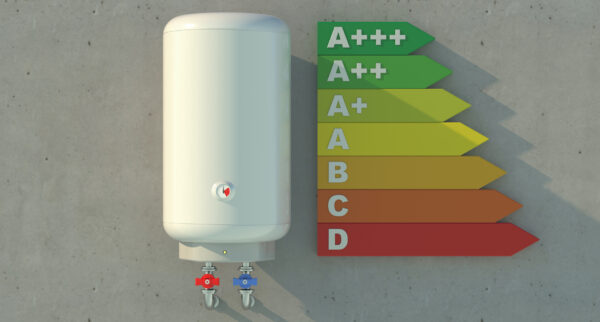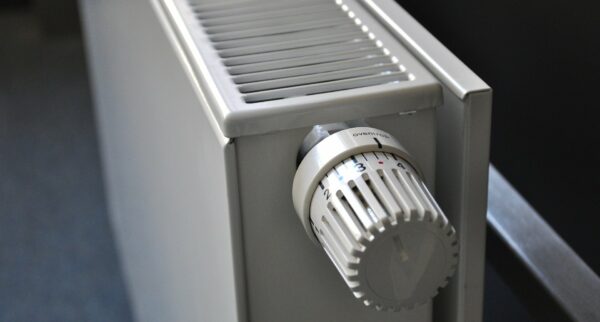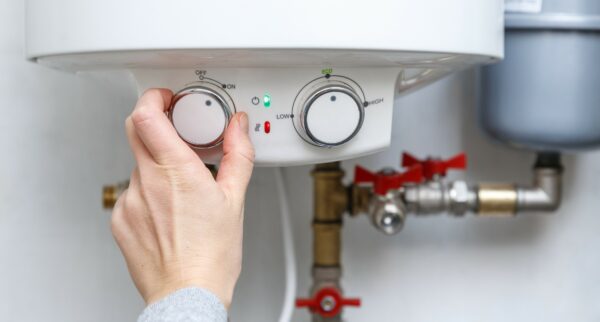
In the ever-evolving world of modern living and workspaces, comfort is a non-negotiable factor. Whether you’re at home, in the office, or in a commercial establishment, one crucial element that contributes to your well-being is the indoor climate.
The ability to maintain an optimal temperature, ensure air quality, and provide adequate ventilation is made possible by a marvel of engineering known as HVAC systems.
From understanding what HVAC stands for to delving into how these systems work and exploring their various types, we’ll equip you with the knowledge to make informed decisions about your indoor environment.
What is a HVAC System?
Heating, Ventilation, and Air Conditioning (HVAC) systems are integral components of modern buildings, ensuring that indoor environments remain comfortable, safe, and conducive to human well-being.
These systems are essential in both residential and commercial settings, providing temperature regulation, air quality control, and ventilation.
How Does It Work?
HVAC systems work by controlling the temperature and air quality within a building, ensuring that occupants can live and work in comfortable conditions. Let’s break down the key components and functions of an HVAC system.
Air Conditioning Units
Air conditioning systems are crucial to HVAC systems, especially in warm or hot climates. They operate by cooling indoor air and removing excess humidity.
Air conditioners use a refrigeration cycle to transfer heat from the indoor space to the outside, resulting in cooler air circulating inside. This process lowers the temperature and enhances indoor air quality by removing dust and allergens.
Heat Pumps
Heat pumps are versatile HVAC components that can both cool and heat indoor spaces. They operate similarly to air conditioners but have a reversible cycle that allows them to extract heat from the outdoor air during the heating season and release it inside.
This efficient technology is particularly useful in regions with mild winters.
Furnaces
Furnaces are the primary heating source in many HVAC systems. They use various fuels like natural gas, propane, or electricity to produce heat, which is then distributed throughout the building using a network of ducts or pipes.
Furnaces are known for their effectiveness in quickly raising indoor temperatures during cold weather.
Thermostats and Ventilation
Thermostats are the control centers of HVAC systems. They allow users to set and maintain the desired indoor temperature. Modern thermostats often come with programmable features, enabling energy-efficient scheduling of heating and cooling cycles.
Proper ventilation is crucial for maintaining indoor air quality. HVAC systems include ventilation components like fans and ducts to continuously exchange indoor and outdoor air. This helps remove pollutants, odors, and excess moisture from the indoor environment.
Types of HVAC Systems
HVAC systems come in various configurations to suit different needs and building types. Here are some common types:
Split System
A split system HVAC consists of two main components: an indoor unit (evaporator coil and blower) and an outdoor unit (condenser coil and compressor). These components work together to provide both heating and cooling, making them suitable for many residential applications.
Hybrid Heat Pump System
Hybrid heat pump systems combine a heat pump with a backup furnace, offering versatility in heating options. The system automatically selects the most efficient heating source based on outdoor conditions, ensuring optimal energy usage.
Ductless Mini-Split System
Ductless mini-split systems are ideal for buildings without ductwork or where duct installation is impractical. These systems consist of one or more indoor air-handling units connected to an outdoor compressor.
They provide zoned heating and cooling, allowing for customized temperature control in different areas of the building.
Packaged System
Packaged HVAC systems contain all components in a single unit, typically installed outdoors. These systems are common in commercial buildings and some residential applications, simplifying installation and maintenance.
HVAC Systems and Air Conditioning: The Differences
It’s important to note that while HVAC systems encompass both heating and cooling, air conditioning is just one aspect of the HVAC system.
Air conditioning focuses solely on cooling indoor spaces, while HVAC systems offer a comprehensive approach to indoor comfort by providing heating, ventilation, and air conditioning capabilities.
Get More Advice on HVAC Systems
Understanding HVAC systems is essential for maintaining a comfortable and energy-efficient indoor environment.
Whether you’re planning to install a new system, upgrade an existing one, or simply want to optimize your HVAC performance, seeking professional advice from our HVAC technicians and experts is highly recommended.
Contact us today for more information.




